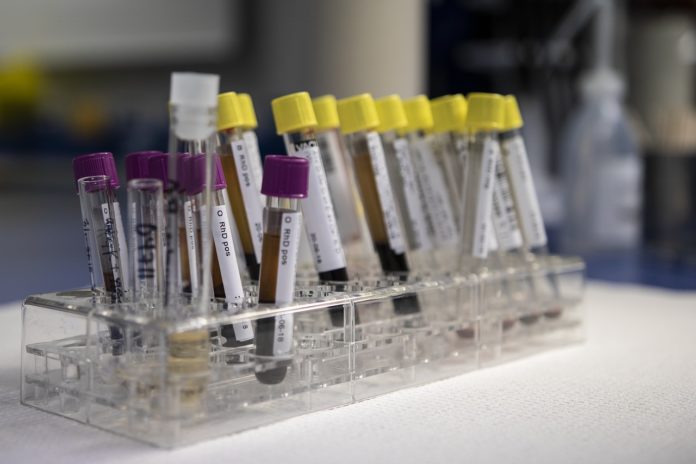
Mayo clinic researchers found convalescent plasma therapy safe for a diverse group of patients with COVID-19
Mayo Clinic researchers and collaborators have found convalescent plasma to be safe following transfusion in a diverse group of 20,000 patients with COVID-19.
The study is part of the U.S. Food and Drug Administration’s Expanded Access Program for COVID-19. The findings are reported in Mayo Clinic Proceedings.
The safety report assessed the seven days following transfusion for hospitalized patients between April 3 and June 11 who were deemed at risk of progressing to a severe or life-threatening condition. Nearly 40% of the patients were women; 20% African Americans; nearly 35% Hispanic and 5% Asian. Seven-day mortality rates declined to 8.6 % compared to 12% in a previous safety study of the first 5,000 transfused patients. Serious adverse events continued to be less than one percent.
Seven-day mortality rates declined to 8.6 % compared to 12% in a previous safety study of the first 5,000 transfused patients
“Our efforts to understand convalescent plasma continue,” said Michael Joyner, M.D., principal investigator of the EAP at Mayo Clinic and lead author of the article. “We’re optimistic but must remain objective as we assess increasing amounts of data.”
This expanded safety report reveals a decline in mortality which appears identical with the recent published studies, but the authors caution that this alone does not provide any evidence on effectiveness of convalescent plasma for treating COVID-19. Researchers are now expanding their focus to determine indicators of efficacy of convalescent plasma because of the rapidly increasing use of this therapy. At this time, convalescent plasma therapy is the only antibody-based therapy for COVID-19.
The researchers commented that while the mortality rate has decreased, the patients in the latter part of this study were less critically ill. They also said the decrease may be in part due to improved medical care based on increased knowledge during the pandemic and that more of the patients received the plasma earlier in their hospital treatment.












